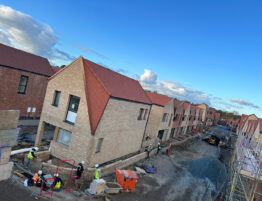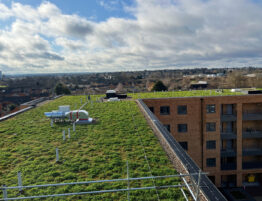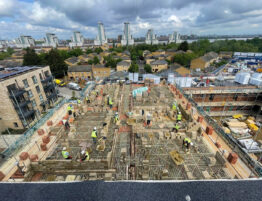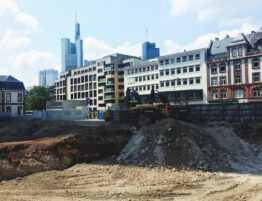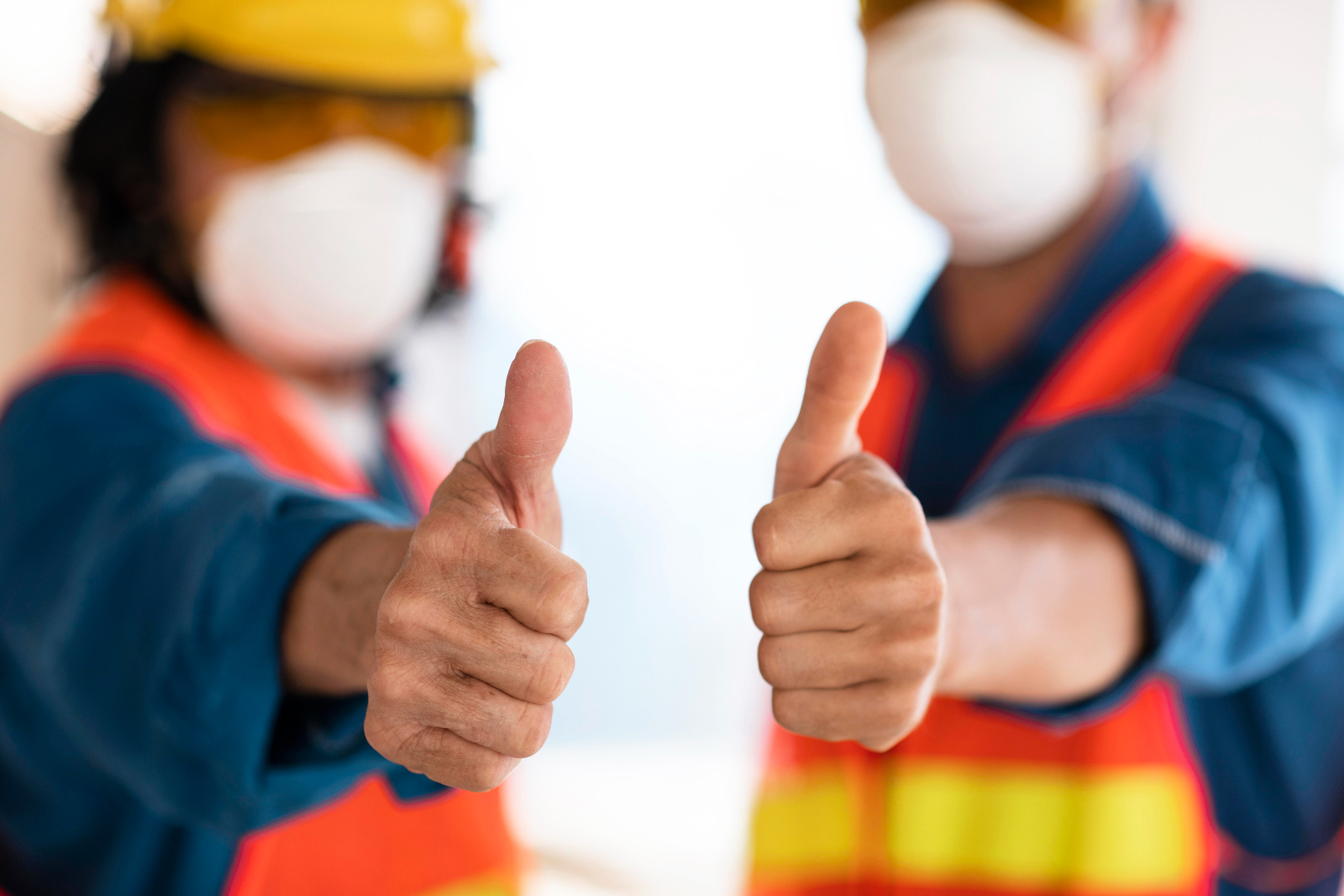
Today marks the 75th anniversary of the NHS, known worldwide as one of the first and best healthcare systems to be universally available and free at the point of delivery.
Unfortunately, while its principles are unshaken, the NHS today is under pressure due to several issues – staff shortages, backlogs from Covid and industrial action to name a few.
Is there anything the construction sector can do to help? The answer actually is ‘yes’. Construction is high-risk industry for both injuries and health issues, but focusing on preventative measures can reduce those risks (consequently reducing some of the pressure on the NHS). Read on to find out more.
Three high-risk health issues
Although improvements have reduced the number and rate of injuries to construction workers, the industry remains high-risk in terms of both injuries and health issues.
Looking at health issues alone, there are an estimated 78,000 work-related ill health cases (new or longstanding) in construction per year with the most common problem being musculoskeletal disorders (53% of cases). However, annual statistics from the Health and Safety Executive (HSE) also reveal that construction workers have a high risk of developing diseases from a number of different health issues. Three key areas to be especially aware of are:
1. Cancer
Construction has the largest burden of occupational cancer amongst the industrial sectors. It accounts for over 40% of occupational cancer deaths and cancer registrations. It is estimated that past exposures to cancer-causing substances in the construction sector annually cause over 5,000 cancer cases and approximately 3,700 deaths. The most significant cause is exposure to asbestos (70%) followed by silica (17%), working as a painter and diesel engine exhaust (6-7% each). Due to working outdoors, construction workers are also at a heightened risk of developing skin cancer.
2. Hazardous substances
Dusts, chemicals and potentially harmful mixtures (e.g. in paints) are common in construction work. Some processes emit dusts, fumes, vapours or gases into the air and these can be significant causes of breathing problems and lung diseases. A number of construction-related occupations also have high rates of dermatitis due to skin being exposed to hazardous substances.
3. Physical health risks
Skilled construction and building trades are occupations that have one of the highest estimated prevalence of back injuries and upper limb disorders (with manual handling being the most commonly reported cause). Other physical conditions that can affect construction workers include occupational deafness (caused by noise) and hand arm vibration syndrome.
Prevent and manage the risks
The HSE has highlighted some of the ways in which protecting the health of construction workers should be approached. Three of its key messages are:
- Ill-health can be prevented – it is possible and practical to carry out construction work without causing ill-health.
- Treat health like safety – managing health risks is no different to managing safety risks, both of which need to be assessed, controlled and reviewed. Follow the HSE’s guidance here.
- Everyone has a role to play – everyone involved in construction has a responsibility in managing risks to health. Each must take ownership of their part of the process.
What you can do
Like most construction companies, Sheriff Construction has a comprehensive Health and Safety policy which our workers are required to familiarise themselves with. Regular training and Toolbox Talks are also provided and this has resulted in us having an exceptional record for health and safety.
Without sharing every aspect of our policy (which would be a bit lengthy for this blog) here are a few good health practices to remember:
- All work places should be surveyed by a competent person to ascertain whether asbestos is present or not.
- Workers should be trained in what to do should they come across suspicious materials that may contain asbestos.
- Only licensed contractors should be engaged to undertake the removal, repair or disturbance of asbestos where appropriate.
- Protective Personal Equipment (e.g. masks) should be used to reduce any health impacts associated with airborne hazards like dust and other material fibres.
- Where duties involve manual handling, adequate training must be provided. If someone is required to use lifting equipment, they must be trained in how to use this and a test should be taken to check their ability to use the equipment safely.
- Risk assessments for noise should be carried out on site and appropriate measures put in place when levels could be harmful (e.g. switching to quieter tools, minimising task times, using industrial grade earplugs or defenders).
- Construction workers should use appropriate protection when using vibrating tools and equipment should be well maintained (this is important to avoid hand arm vibration syndrome, a painful disease of the blood vessels, nerves and joints).
- All construction sites should be kept tidy, well managed, well-lit and obstacle to avoid slips, trips and falls that may not only cause direct injury but also lead to long term health complications.
Achieving a healthier workforce
The construction industry has a duty to support the health and safety of its workers and much work has been done in recent year to improve the situation. However, health issues are not always given the same recognition as safety, perhaps because the relationship between the cause and the symptoms of ill-health is often longer term (e.g. if you breath in a harmful substance, it may be years later when lung issues associated with that action become apparent).
78,000 cases of ill-health is too many. So, let’s keep the focus on prevention, treat health with the same importance as safety and ensure everyone plays their part in minimising their health risks. In doing this, we can all contribute to a healthier workforce overall and possibly help alleviate some of the pressure on the NHS.
05.07.2023
Feature image: Freepik


